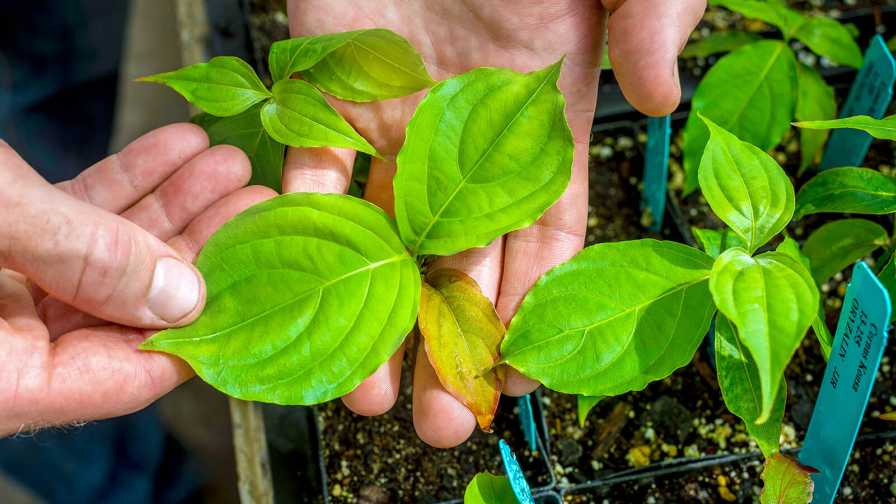Four More Gardening Dilemmas
Does anyone other than me find it frightening that many growers still don’t have a clue what their products look like or how they perform in real life? This is known as the out-of-sight, out-of-mind syndrome.
There is nothing more beautiful than an empty greenhouse after a successful season, but can you imagine cars being manufactured without performance tests? What to do?
The answer: Visit trial gardens in your state or gardens in your town. Time is always limited but to see is to believe. Most of our products are fabulous and you will be pleased as punch to see a garden full of your cultivars. However, you will also be that much more educated when it comes to making choices for future products. And when someone asks you what you think of plant such and such, you can do more than shrug your shoulders.
One For The Road
After all my years of research, articles, talks and lectures about how to prepare plants for the marketplace, it is doubtful that a few more words will dent the hide of ignorance. However, we must tone the plants prior to moving them to the retailer, and hardening them off does not include a shot of fertilizer to green them up as they go out the door. What to do?
The answer: Reduce fertility by half and hold back water as possible. Don’t stop fertilizing, simply reduce it. I realize some systems don’t allow much manipulation of fertility concentrations, but figure it out. If we don’t take the time to reduce fertility and water in the last few weeks before sales, retailers will sell an inferior product and gardeners will be less inclined to succeed.
And in case you haven’t gotten my gist yet, they are the important ones. Helping the public succeed must be the philosophy of every link of the floricultural chain, and drowning your plants in blue water as they depart is a definite chain chinker.
Shoppers Love Good Labels
Labeling costs money, and as margins shrink, costs must be reduced. Perhaps better labeling is more of a retailer problem than a grower problem. But let’s face it: We’ll end up doing most of it ourselves anyway.
Numerous articles have recently shown how other countries seem to be able to use larger, more colorful and more educational labels than we do–and still make a profit. It is well known that color sells our product, and it is inevitable that labels will become part of that color. This is certainly true with products like perennials and specialty annuals that may not always be in full color at time of sale. What to do?
The answer: Special labels may be justified for special programs, such as one for a line of perennials or specialty annuals. If shoppers are attracted to labels then additional plants will be sold. However, get ready, because the label that states “Red Petunia” will be insufficient in the next couple of years.
Gardening Must Be Fun
Gardeners are a varied lot, including those who delight at the sight of 99-cent impatiens to those who buy flats of the same impatiens, to those who wouldn’t have an impatiens in their garden. From our point of view, it doesn’t matter; as long as everyone succeeds. That is, when the one black petunia or one tall perennial or a dozen calibrachoa baskets are planted, they are ready to take off and provide fun for the gardener.
A good planting begets more plants, more good stories and results in more gardeners coming into the fold. Otherwise, they will buy chocolates, get big and fat and won’t be able to bend over to plant our magnificent plants at all–all because we sold them a lousy plant. What to do?
The answer: Do your best, have fun and enjoy the fraternity of gardeners. They are the future.









